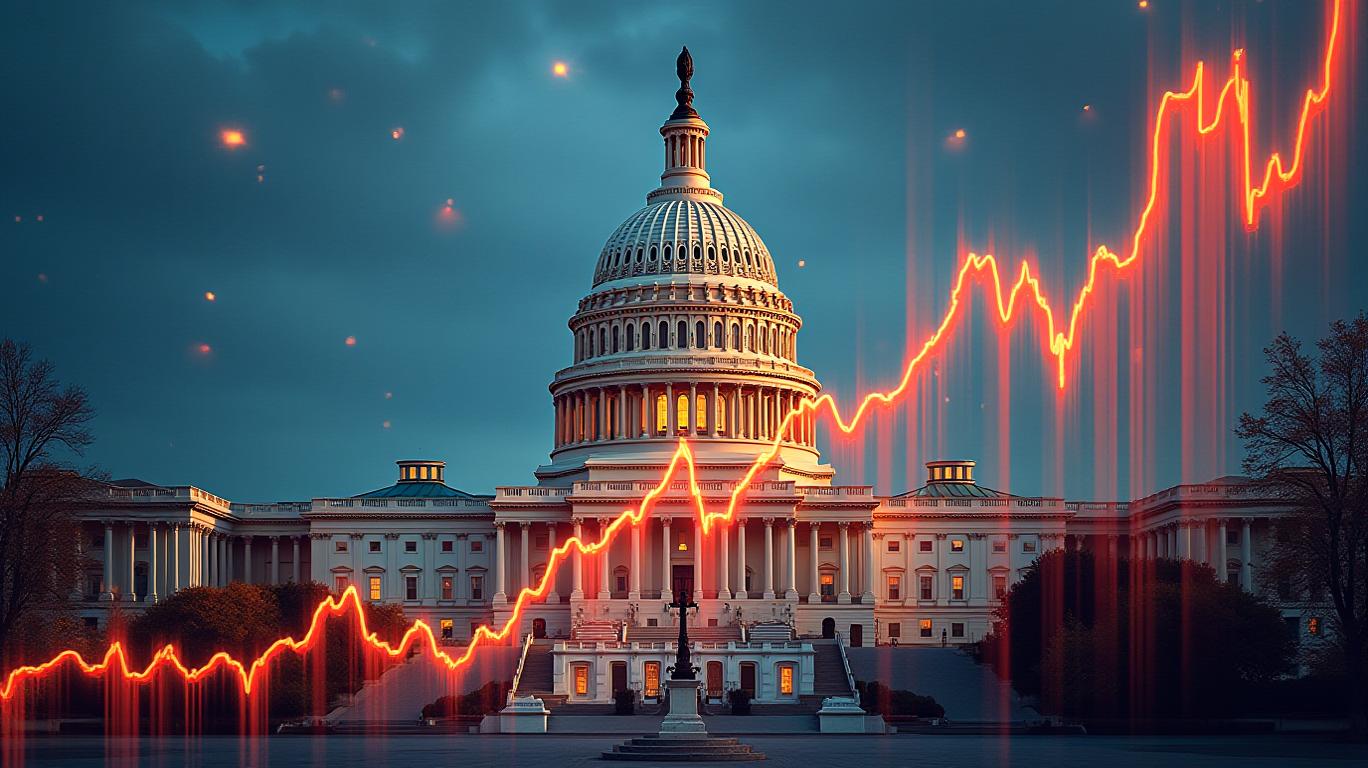Bitcoin's Regulatory and Institutional Inflection Point: Strategic Allocation to a New Global Reserve Asset
The cryptocurrency market has long been a realm of speculation, but Bitcoin's recent ascent to $112,000—a milestone achieved in May 2025—marks a tectonic shift. This price surge is not merely a reflection of bullish sentiment but the culmination of a profound convergence: regulatory clarity, institutional adoption, and a decoupling from traditional equity markets. Together, these forces position Bitcoin as a critical strategic allocation for investors seeking resilience in an era of fiat currency instability.

1. Regulatory Clarity: The GENIUS Act's Quiet Revolution
The GENIUS Act, now poised for Senate passage, represents a pivotal step toward legitimizing digital assets. While the legislation focuses on stabilizing stablecoins—a subset of cryptocurrencies pegged to fiat—the broader impact is systemic. By establishing a framework for oversight and consumer protection, the Act signals to regulators and investors alike that crypto is here to stay.
Critically, the Act's bipartisan support (69-31 vote in May 2025) underscores a political consensus to integrate crypto into the financial mainstream. Even critics like Senator Warren, while arguing for stricter anti-corruption measures, acknowledge the inevitability of Bitcoin's maturation. For investors, this means reduced existential risk: a clear regulatory path eliminates the "wild west" stigma, attracting long-term capital rather than short-term traders.
2. Institutional Inflows: ETFs and Banks as Catalysts
Bitcoin's $40 billion in ETF inflows by mid-2025—surpassing gold ETFs in their first 17 months—reveals the scale of institutional adoption. Funds like BlackRock's IBIT (0.25% fee) and Fidelity's FBTC have democratized access, offering exposure to Bitcoin's price without the technical hurdles of custody or mining.
Major banks are complicit in this shift. JPMorgan, Charles Schwab, and Fidelity now offer zero-fee Bitcoin ETF trading, while institutions like Fidelity self-custody Bitcoin for their funds. This infrastructure lowers barriers and builds trust. Even skeptics must acknowledge: when Goldman Sachs and BlackRock back an asset class, it's no longer a fringe bet.
3. Decoupling from Equities: A Hedge Against Systemic Risk
Bitcoin's rise to $112k occurred amid equity market volatility, with the S&P 500 down 7% year-to-date. This divergence highlights Bitcoin's evolution into a portfolio diversifier. Unlike stocks, Bitcoin's value isn't tethered to corporate earnings or interest rate cycles—it's a pure play on monetary policy.
In an era of fiscal deficits, geopolitical strife, and fiat debasement, Bitcoin's finite supply (only 3.9 million of 21 million coins remain to be mined) offers a hedge against inflation and systemic instability. Its ascent to $112k—driven by ETF inflows, not just retail speculation—proves it's no longer a "digital tulip." It's a store of value with institutional credibility.
The Investment Case: Allocate Now or Risk Missing the Boat
Bitcoin's $112k milestone isn't a peak—it's a launchpad. Consider the following catalysts:
- Regulatory Finality: The GENIUS Act's passage removes uncertainty, likely accelerating adoption.
- ETF Momentum: Over 70 crypto ETF filings pending approval (including Solana and BNB) suggest a pipeline of institutional-grade products.
- Global Reserve Demand: Central banks in countries like Brazil and India are exploring Bitcoin as a hedge against dollar dominance.
The risks? Yes—volatility persists. But Bitcoin's 2025 price trajectory (from $85k in April to $112k in May) reflects a market in acceleration. Investors who delay allocation risk missing the next phase: a potential $140k target by year-end, as predicted by analysts like MEXC's Tracy Jin.
Conclusion: Bitcoin is the New Reserve Asset—Position Now
The convergence of regulation, institutional capital, and macroeconomic tailwinds has turned Bitcoin from a speculative asset into a strategic necessity. Its $112k price is not an anomaly but a confirmation of its role as a global reserve currency.
For portfolios, allocate 1–5% to Bitcoin via ETFs or custodial platforms. This isn't just about returns—it's about safeguarding wealth against a system increasingly prone to inflation, debt, and instability. The inflection point is here. Act before it's too late.
John Gapper's analysis emphasizes the urgency of strategic Bitcoin allocation in 2025. For further insights, explore institutional-grade crypto platforms like Coinbase Custody or BlackRock's IBIT.

Comments
No comments yet